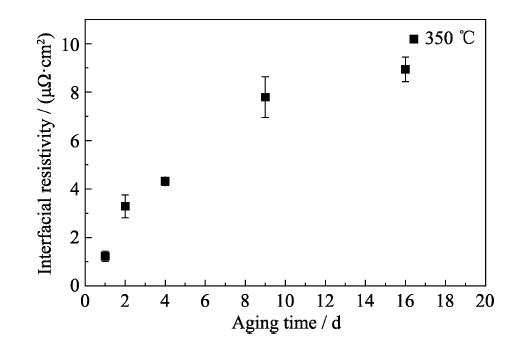Xu WANG, Ming GU, Jincheng LIAO, Qingfeng SONG, Xun SHI, Shengqiang BAI, Lidong CHEN. High Temperature Interfacial Stability of Fe/Bi0.5Sb1.5Te3 Thermoelectric Elements [J]. Journal of Inorganic Materials, 2021, 36(2): 197
Search by keywords or author
- Journal of Inorganic Materials
- Vol. 36, Issue 2, 197 (2021)
Abstract
Keywords
View in Article

Set citation alerts for the article
Please enter your email address



